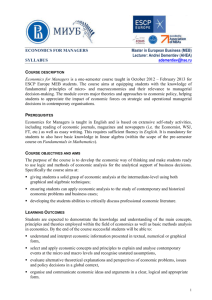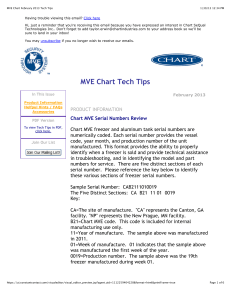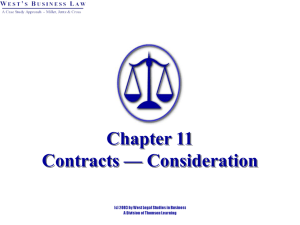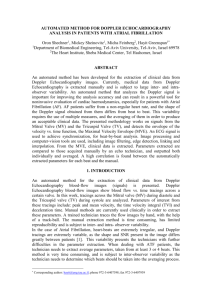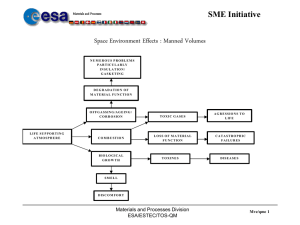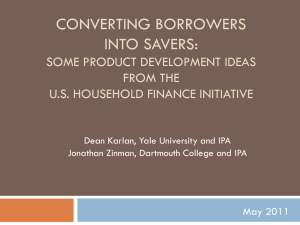*Why and How to Design a Contingent Convertible Debt Requirement
advertisement
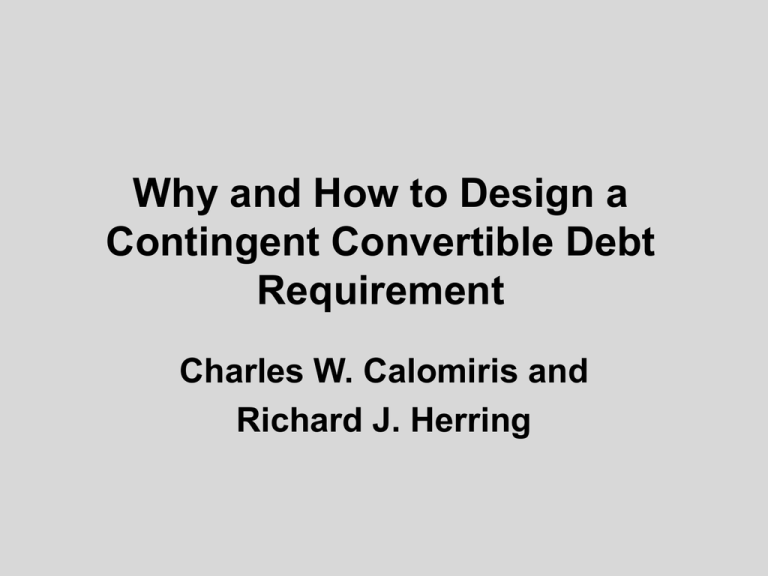
Why and How to Design a Contingent Convertible Debt Requirement Charles W. Calomiris and Richard J. Herring The Regulatory Challenge • Problem: Protected banks don’t voluntarily target sufficiently low default risk. When problems arise, too-big-to-fail bailouts can occur. • Solution: Prudential regulation must specify and enforce requirements that credibly limit bank default risk. This requires proper initial budgeting of capital relative to asset risk, and prompt replacement of lost capital when losses on loans or investments occur. What’s Wrong with Book Capital Ratios? • Complication: Loss recognition is a matter of regulatory accounting. Neither banks nor regulators like to recognize losses in a timely way (“evergreening” by banks and “forebearing” by regulators), nor do they adopt approaches for measuring risk that produce proper initial budgeting of capital relative to risk. Examples • Example of Inadequate Capital Budgeting: Citibank in April 2006 has MVE/(MVE+Debt) of 13%, Goldman 8%. But Citi fails, not Goldman, because Citi’s risks were higher. On average, intervened institutions in 2008 had higher RBC ratios in 2007 than others. • Example of Inadequate Recognition of Loss: Citibank in December 2008 at time of its intervention had a Risk-Based Capital ratio of 11.8% and Tier 1 equity ratio of 7%, but its MVE/(MVE+Debt) was about 1%. Restructuring the Capital Requirement • Capital Structure Proposal: Minimum capital requirements will consist of two equal parts: a 10% equity requirement, and a 10% contingent capital certificate (CoCo) requirement. • CoCos convert to equity if MVE/(MVE+Debt) falls to 9% (a high trigger, reached long before insolvency, and thus at a time that voluntary equity offerings are feasible). • If the CoCos convert, the conversion is highly dilutive to stockholders (because CoCos are large, and because the conversion ratio is set to be dilutive). • As they approach the trigger (say, around the 10.5% ratio), managers will voluntarily issue equity into the market to prevent triggering conversion of the CoCos. • To allow reaction time, use 90-day moving average for MVE/(MVE+Debt) used in the trigger. Results • Banks target high average MVE/(MVE+Debt), probably > 12%. • Losses that reduce capital will be timely replaced, before insolvency becomes a concern, so too-big-to-fail bailouts will be avoided. • Knowing that downside risk is borne by the stockholders, and that voluntary preemptive issues of equity in the wake of loss are likely to be dilutive (and viewed as a managerial mistake), managers will manage risk better. • CoCos will trade like senior debt, and should be tax deductible and not expensive to issue, which economizes on the costs of satisfying regulatory requirement, which implies that the imposition of the capital requirement will cause much less of a credit crunch than a 20% equity-only requirement. Comments • These CoCos are preventative medicine to incentivize voluntary capital issuance and risk management. • These are not “bail-in” CoCos and thus are not subject to Goodhart’s and Diamond’s criticisms (which is why Goodhart has endorsed our proposal). • These CoCos will not signal risk through yield variation.
